People
What Alex Prager Is Looking At: The Photographer Shows Us 7 Cultural Touchstones That Inspired Her Latest Uncanny Body of Work
The photographer and filmmaker tells us what's been inspiring her lately.
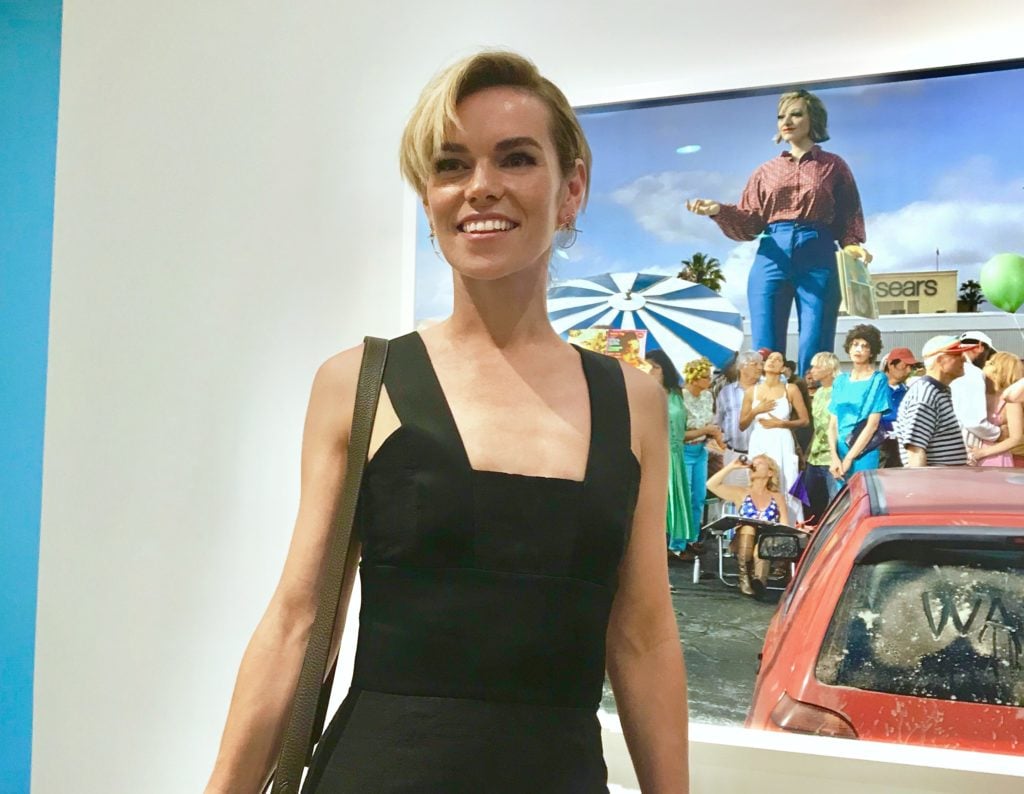
The photographer and filmmaker tells us what's been inspiring her lately.

Sarah Cascone

Los Angeles-based artist Alex Prager always has a lot on her mind.
As the photographer and filmmaker was working on her new film, Play the Wind, which debuts today in a solo show of the same name at Lehmann Maupin gallery in New York, a myriad of visual and thematic influences were moving through her mind, from John Steinbeck’s famed novel East of Eden to Balthus’s provocative portrait of a young girl, Thérèse Dreaming.
Prager draws inspiration from all corners: recommendations from friends, works by favorite creators, and even from gallery mates at Lehmann Maupin such as Erwin Wurm, who Prager learned about after signing with the gallery.
Her surreal, imaginative work is dramatically staged, with each photograph illustrating a narrative. Paying homage to old Hollywood glamour and deeply steeped in the city of Los Angeles, her genre-crossing images seamlessly blend together different cinematic traditions, from film noir to suspenseful thrillers.
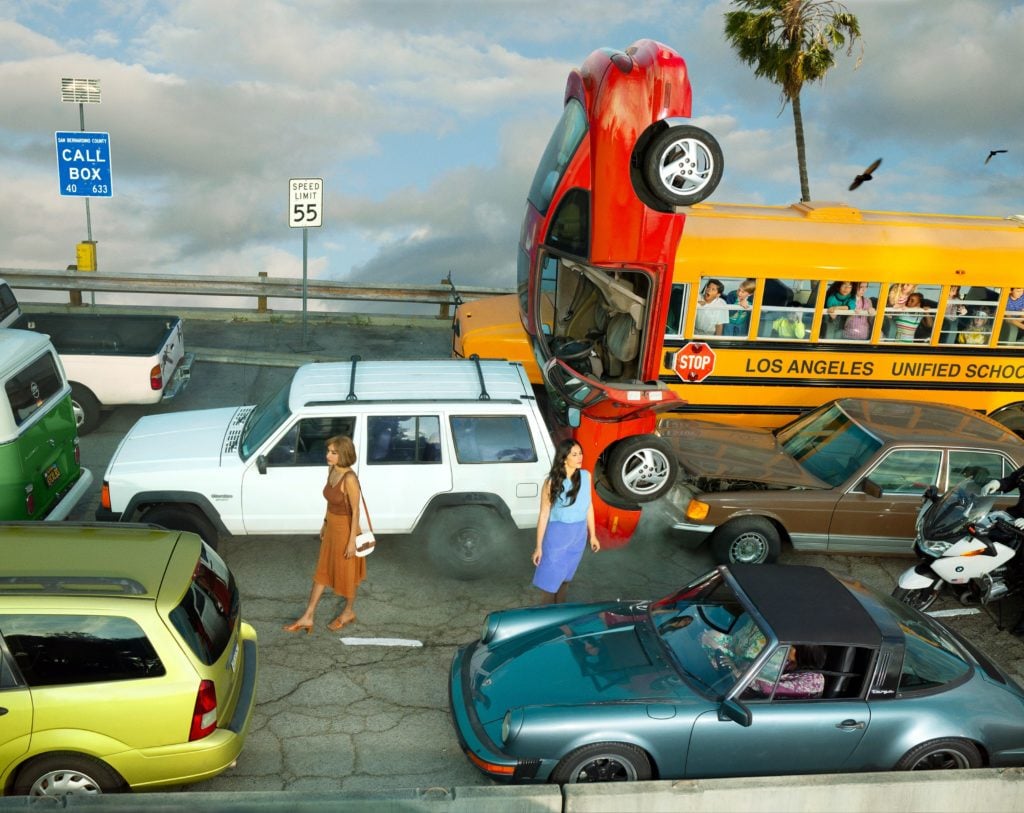
Alex Prager, Speed Limit (2019). Photo courtesy of Lehmann Maupin.
“I see a darkness running just beneath the surface of all the beauty and comedy,” she says. “It’s a harmony I have worked hard at finding in the worlds that I build, so I appreciate when I see other artists do this as well. To me, all of these works have that perfect balance.”
In Play the Wind, Prager shot on location, hiring as many as 300 extras to populate the streets of Los Angeles.
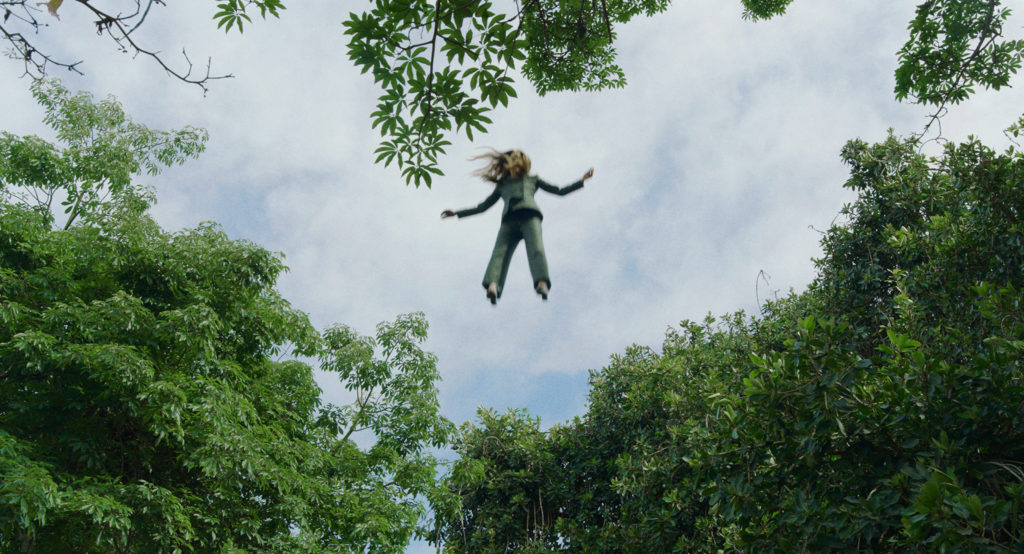
Alex Prager, Play the Wind Film Still #2 (2019). Photo courtesy Alex Prager Studio and Lehmann Maupin, New York, Hong Kong, and Seoul.
“I’m interested in how artifice combines with documentary and how those two worlds can be woven together in a seamless way,” Prager says. “In the past, my impulse has always been toward the staged tableau, and the more I work in film and photography, the more I am finding the balance I always imagined. It will be a lifelong urge.”
Ahead of today’s opening, Prager spoke with artnet News about the seemingly disparate cultural touchstones that fueled her latest work, and what ties them together.
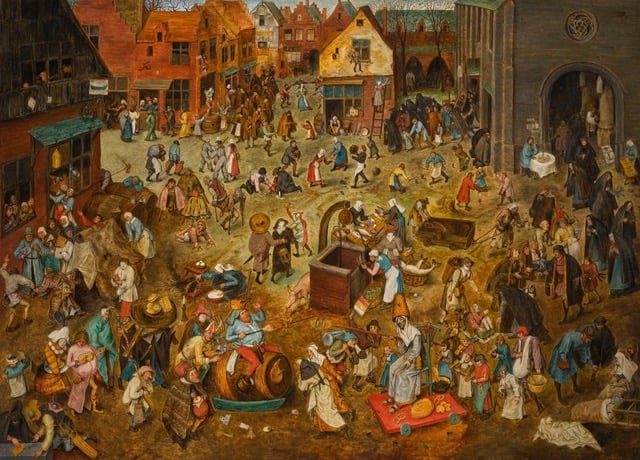
Pieter Bruegel the Elder, The Fight Between Carnival and Lent (1559). Courtesy of the Kunsthistorisches Museum, Vienna.
The Fight Between Carnival and Lent made a deep impression on me. I saw this painting right when I [started taking] photographs, and I was enamored by the way he captured the time he was living in. It’s allegory of the way he saw people, and it’s incredible how he was able to execute it with humor. The colors are beautiful and I love the way he illustrates a serious and important element of his time with such playfulness.
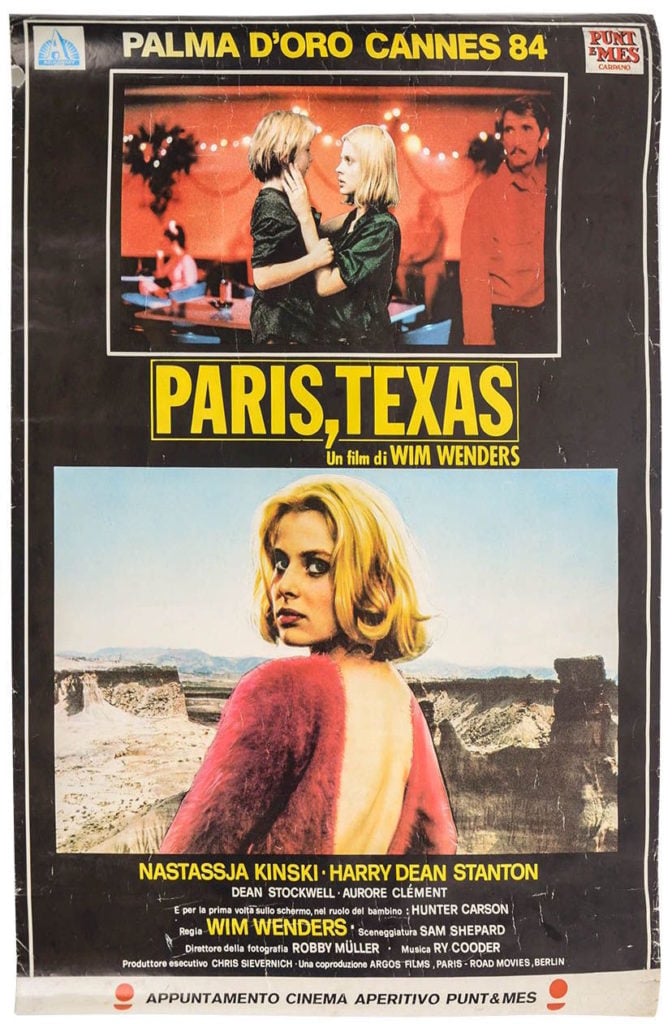
A poster for Paris, Texas.
Paris, Texas is one of my all-time favorite movies. There’s a lot of driving throughout, the colors are perfect, and overall, it’s great storytelling. It also has the best cinematographer, Robby Müller.
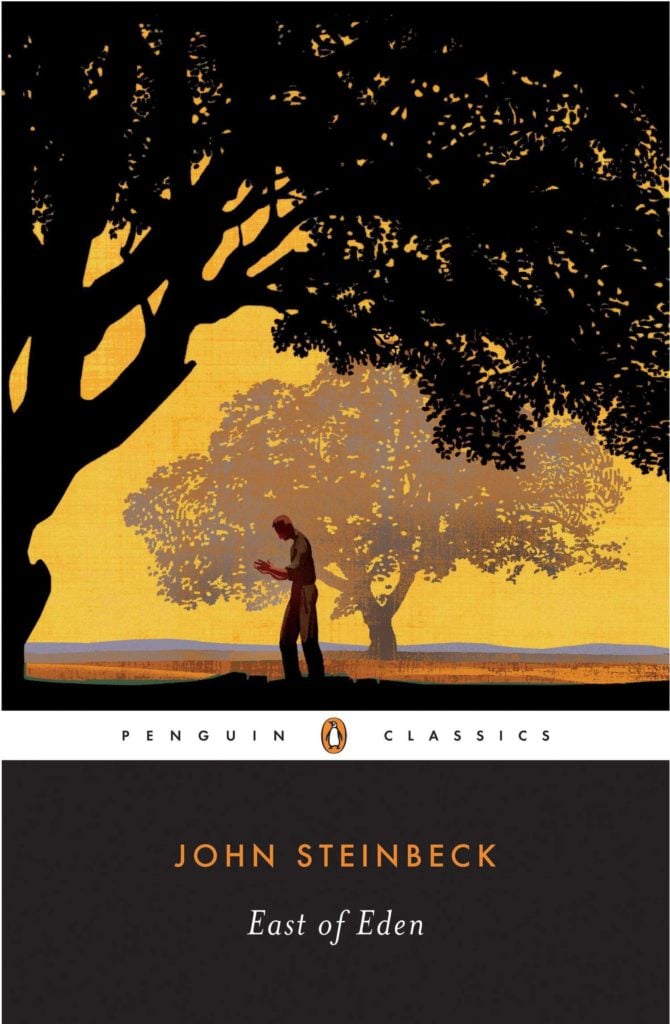
The Penguin Classic edition of East of Eden by John Steinbeck.
I was swept away with how Steinbeck described California and the characters. He is one of my all-time favorite writers, and I admire his ability to tell stories.
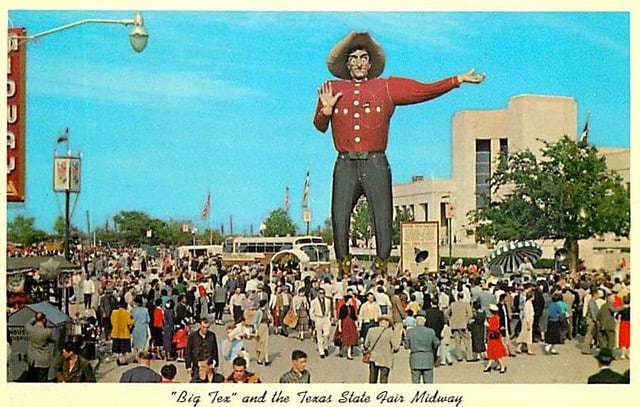
“Big Tex” on a postcard for the Texas State Fair.
I saw this “Big Tex” image and it made me nostalgic for a time when we had big roadside attractions all across America. They seem comical, and with their disappearance, it makes me feel that we are losing our sense of humor as a culture. Especially in Los Angeles, we used to have a lot of novelty architecture, where entire restaurants and businesses were designed to depict whatever they were selling inside. I think there is a spirit of play that’s been lost in the time we’re living in now, or maybe it’s just too difficult and pricey to get permits for these kinds of things anymore.
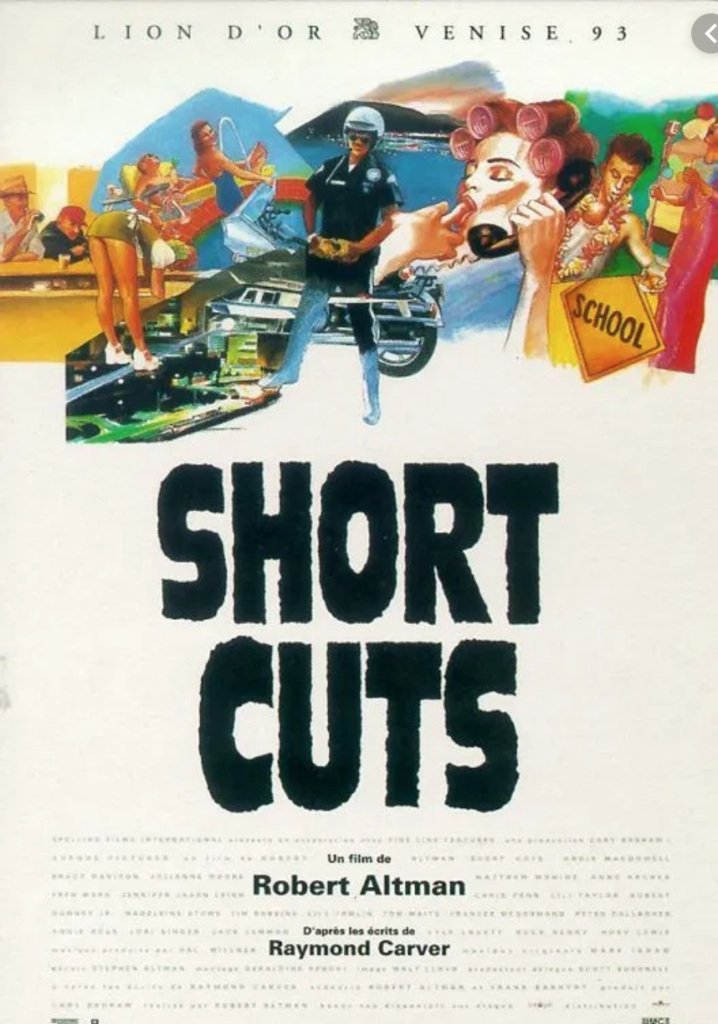
A poster for Short Cuts.
Anything Robert Altman made is perfect in my eyes, but Short Cuts is one of my favorites. It’s an ensemble cast, which only Altman and Paul Thomas Anderson are really capable of doing well, as far as I’m concerned. It’s really one of the best movies ever made about Los Angeles.

Balthus, Thérèse Dreaming (1938). Courtesy of the Metropolitan Museum of Art.
I think the girl’s pose in this painting is very striking. It’s feminine as well as masculine; it’s young but confident. It’s complicated and I’ve always been drawn to it.
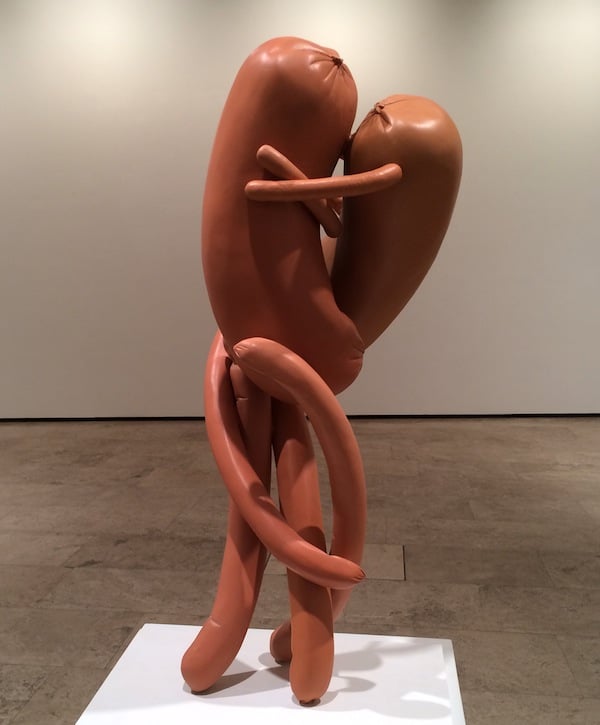
Erwin Wurm, Kiss (Abstract Sculptures) (2013). Photo by Ben Sutton.
I always loved this Erwin Wurm piece. Kiss makes my happy whenever I see it. It sums up love and infatuation for me.
“Alex Prager: Play the Wind” is on view at Lehmann Maupin, New York, West 22nd Street, September 5–October 26, 2019.